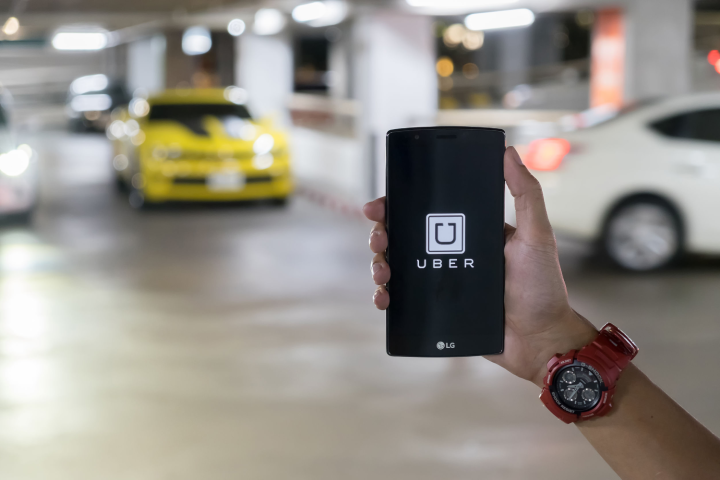
Uber’s Express Pool will generate “smart spots” that are easy for the drivers to get to, and also close to the origin and drop-off point of the users who signed up for the Express Pool. Once you call for an Express Pool, you simply walk to the the pick-up point, get in the car, and the the driver will drop you off at a smart spot which is close to your destination. You’ll have to hoof it from there. The use of these smart spots allows Uber to save money by staying on the main roadways; Uber will then pass some of these savings on to consumers.
An Uber spokesperson said that the move was an experiment in finding ways to save consumers money on fare.
“We’re always thinking about ways to put more people in fewer cars, while continuing to deliver affordable ride options to consumers,” Uber told Tech Crunch. “As part of that effort, we’re testing some changes to Express POOL where riders walk to nearby spots that are convenient for everyone.”
As with most new programs from Uber, the Express Pool option is only available in select areas. Currently, the program is being tested in parts of San Francisco and Boston. If the program proves successful, Uber will likely expand it to other major cities, though it will likely be some time before it makes its way out of urban areas.
Uber, like many similar services, can be a bit intimidating for first-time users. Getting in a stranger’s car will always feel a bit strange, but we’re here to help you out with our handy guide to Uber. Of course, Uber is only one of several similar services so if you need help deciding between Uber and Lyft, here are the major differences.


